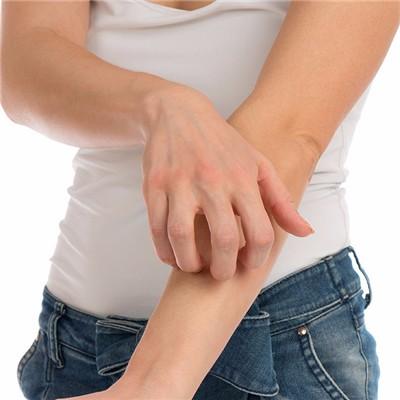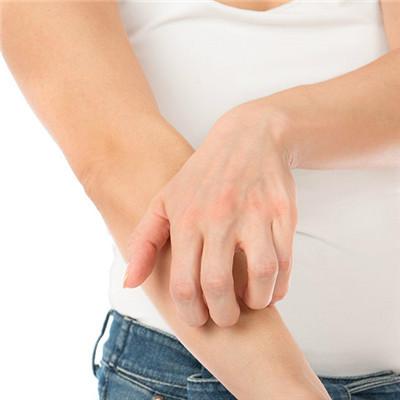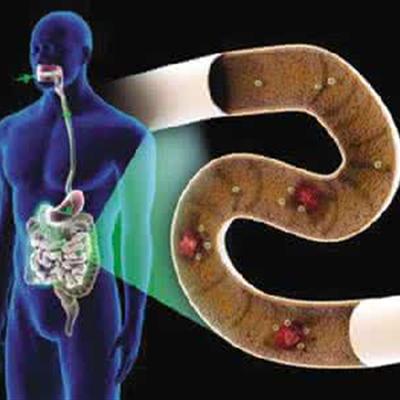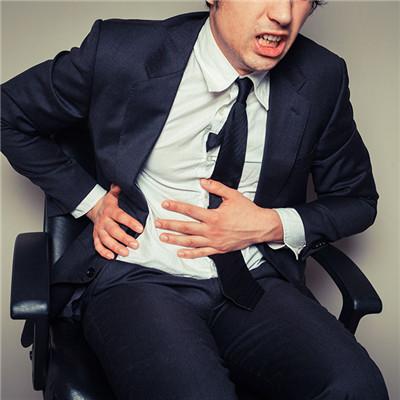How to treat in the heart obsessive compulsive disorder
summary
In the past two decades, behavioral therapy has been very effective for obsessive-compulsive disorder. In the following set of methods, you will learn how to restrain compulsive behavior and compulsive thinking, and become your own psychotherapist. How to treat obsessive-compulsive disorder.
How to treat in the heart obsessive compulsive disorder
First: the most important step of reconfirmation is to learn to "recognize" the thoughts and actions of obsessive-compulsive disorder. Maybe you don't want to do this step at all, but you have to work hard and be aware of it wholeheartedly, so as to understand that the trouble at the moment comes from obsessive-compulsive thoughts or behaviors. Everyday awareness is almost automatic and superficial. "Wholehearted awareness" is more profound, more careful, and can only be achieved through dedicated efforts. Remember that it can take weeks or months to change the biochemistry of the brain to reduce compulsion. If you want to get rid of these obsessive-compulsive symptoms in a few minutes or seconds, you will be disappointed! In fact, it makes obsessive-compulsive symptoms worse! In behavioral therapy, learn to control yourself from reacting to obsessive-compulsive thoughts, no matter how intrusive they are. The goal is to control your response to obsessive-compulsive symptoms, not to control obsessive-compulsive thinking or impulses.
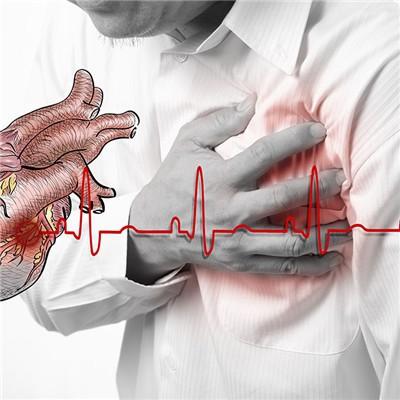
Second: to attribute to yourself and say to yourself, "it's not me, it's obsessive-compulsive disorder!" Obsessive compulsive thinking is meaningless. It's a brain misinformation. You need to deeply understand why the rush to check or "why my hands are dirty" is so powerful that people can't bear it. If you know that these ideas are unreasonable, why do you react to them? Understanding why compulsive thinking is so strong and why you can't get rid of it is the key to strengthening your willpower and strengthening your resistance to compulsive behavior. The goal of this stage is to learn "re attribution": the source of obsessive-compulsive thinking is a biochemical imbalance in the brain.

Third: shift your attention into this step is really to work! The initial psychological construction is: no pain, no gain! What you have to do in this step is: you have to shift gears by yourself! Distraction is to shift attention away from obsessive-compulsive symptoms, even for a few minutes. First, choose specific behaviors to replace forced hand washing or checking. Any interesting and constructive action will do. It is best to engage in their own hobbies, such as walking, sports, listening to music, reading, playing computer, playing basketball, etc.
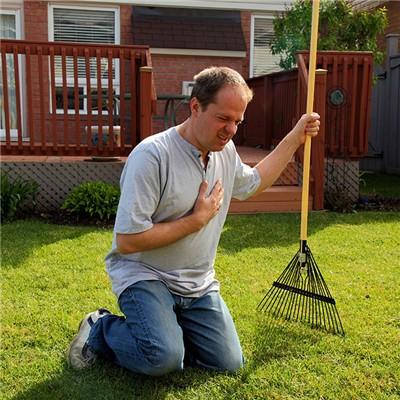
matters needing attention
It's important to shift your attention to other things. Don't expect these thoughts or feelings to go away immediately. Don't do what obsessive-compulsive disorder asks you to do. You should insist on doing the activities you choose. In this way, the compulsive impulse will weaken or even disappear because of your delay. Even if impulses are hard to change, you'll find that you can control your reactions a little bit.

